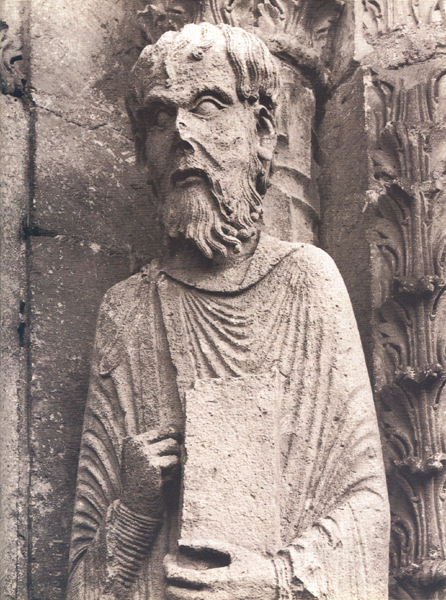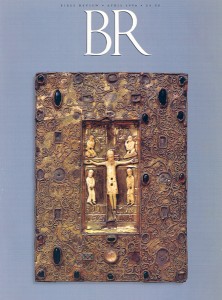
Forty-seven years after the Babylonians destroyed Jerusalem and the Temple in 586 B.C.E. and deported many of the people to exile in Babylon, Cyrus the Great, king of Persia, who had conquered the Babylonians and ruled most of the then-known world, allowed the Jews to return to their ancient homeland. They returned in waves. Sheshbazzar, apparently the first Jewish governor of Yehud (Judea), led the first wave and laid the foundation to rebuild the Temple, that is, to construct the Second Temple (Ezra 1:7–11, 5:14–16). Not only did Cyrus permit the rebuilding, he even paid for much of it (Ezra 6:4). Then Zerubbabel, a later governor (521–516 B.C.E.; see Haggai 1:1), returned with a second wave and rebuilt it. The process took some time, continuing after Cyrus’s death. Darius confirmed the earlier monarch’s decree permitting the Temple to be rebuilt, despite Samaritan opposition (see Ezra 4–6). Darius even issued an order that anyone who “alters this decree shall have a beam removed from his house, and he shall be impaled on it and his house confiscated” (Ezra 6:11).
Already a library member? Log in here.
Institution user? Log in with your IP address.

